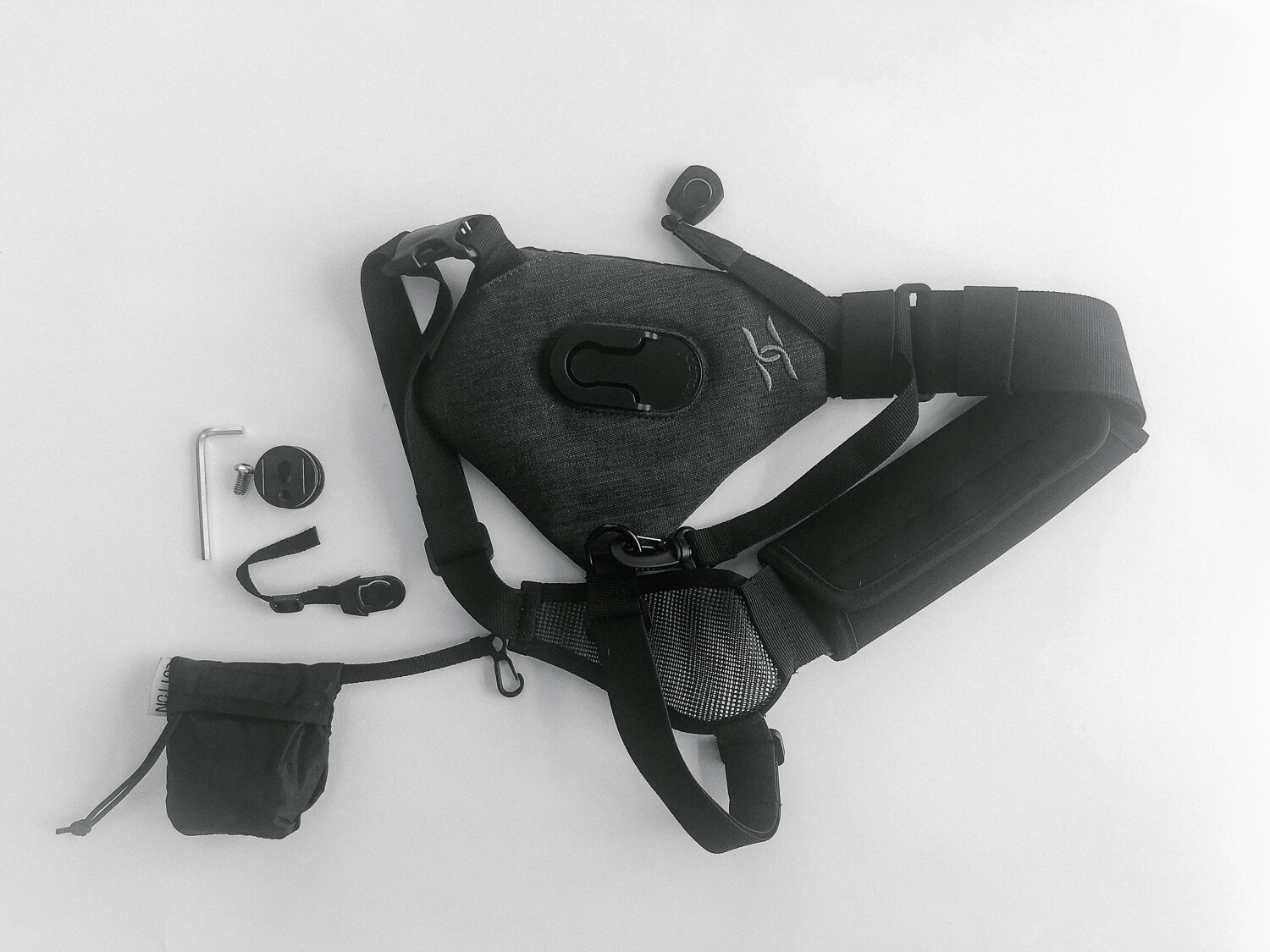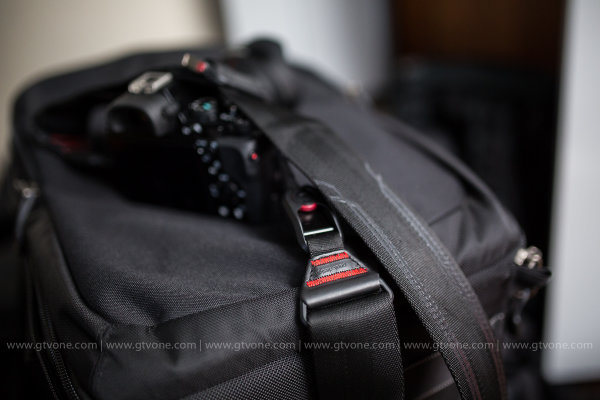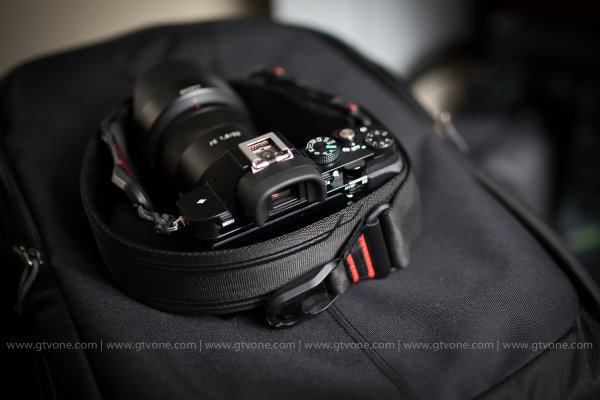The post Why Carrying Less Camera Gear Will Make You a Better Photographer appeared first on Digital Photography School. It was authored by Kevin Landwer-Johan.
During travel photography workshops, we teach participants who often carry big, heavy camera bags. A lot of the time people do not use very much of what they are lugging around with them.
In this article, I want to encourage you to think about carrying less camera gear and how it can help you improve your photography.

© Kevin Landwer-Johan
Restrictions of weight
Walking around with less weight on your shoulder or back makes a huge difference to photography sessions. It’s no problem if you’re working in a studio or are going to be mostly in one location, but otherwise, it can wear you out quickly.
Going on a photo walk, or even when you go on location, carrying less weight in camera gear frees you up and gives you more energy. You can enjoy your photography for longer periods of time. This becomes more noticeable as you get older.
Well-designed camera bags make a difference with good weight distribution. Mostly though, bags designed to carry a lot of camera gear are backpack-style and I do not find these easy to use. They are either strapped on and secure, with a belt to help support the weight on your hips, or your gear is easily accessible but the weight is not so well distributed.
Carrying a heavy bag of equipment hanging off your shoulder is tiring. It can also lead to back problems if you frequently do it for long periods.

© Kevin Landwer-Johan
The hassle of bulk
Bulky bags make moving around more difficult. Again, this is more pronounced as you get older. Getting down on the ground to capture a low angle view becomes difficult with a bulky backpack on. If you do not have the bulk and weight on you are far more likely to get down and potentially make a more interesting photo.
Markets and other busy locations are far easier to navigate if you are carrying less camera gear.
With less of a mass of gear, you are also more inconspicuous. This can be a great advantage and help you obtain more natural, candid photos.

© Kevin Landwer-Johan
Thinking differently about how you compose
I think the biggest advantage of carrying less camera equipment with you is that you are forced to be more alternative in your approach to composition.
You will need to be more imaginative if you have only one or two lenses with you. Zooming with your feet becomes more necessary. It does not take long to get used to.
Seeing in new ways that still allow you to take interesting photos becomes second nature if you practice often enough. You have to think more about taking photos with the lens you have on your camera. If you have limited options you have to focus on your composition rather than relying on the perspective a different lens gives you.
Of course, this all means you need to plan more in advance. Packing the right gear for a particular situation is important. Before you head out with minimal gear, carefully consider the demands you are facing and which lenses will be most appropriate. If you are like me and prefer not to use zoom lenses, your options are more limited and carrying less gear is more challenging.

© Kevin Landwer-Johan
What gear should I pack?
Ask yourself how much of your gear you really use each time to go out. When you stop to think about it you will probably find that you use certain lenses and other equipment more often and other gear hardly at all.
Check your metadata in Lightroom to see which lenses you use the most. Open a catalog of the favorite photos you’ve taken over the last twelve months or so. In Grid View in Lightroom click on the Metadata option in the top bar. Now you will see lists of cameras and lenses you have used. Analyzing your best photos based on lens and focal length may help you decide which lenses you use the most to take the photos you are most satisfied with.
Maybe you will choose to take one or two lenses with you more often, based on this information. Don’t always pack the lens you use the most. Push yourself by sometimes only packing a lens you tend not to use so much. This helps you become more comfortable using these lenses and to master them.

© Kevin Landwer-Johan
Conclusion
You may need to buy a new bag, or consider not taking a camera bag with you. If you are only taking one or two lenses out you may not even need to take a camera bag at all.
Don’t aim to travel too light when you have to produce a set of photos for a customer or specific purpose. Limiting yourself in terms of gear options can be detrimental in these situations. If you have a job to do, you need to be sure to do it well.
Challenge yourself to use minimal camera equipment for a month or two. Create a new body of work. When you reach the set period of time you have made yourself, look back over your photos and think about the difference this exercise has made to your photography.
Do you limit your photography gear? Let us know in the comments below.
The post Why Carrying Less Camera Gear Will Make You a Better Photographer appeared first on Digital Photography School. It was authored by Kevin Landwer-Johan.










You must be logged in to post a comment.